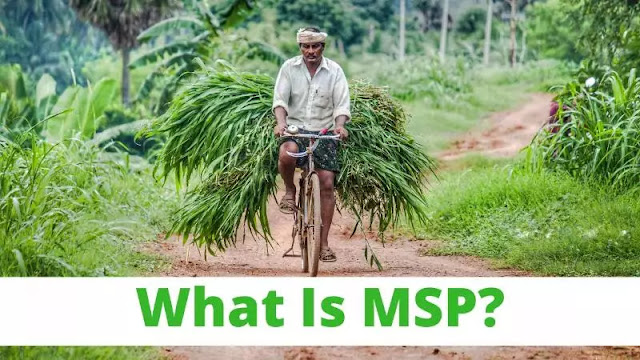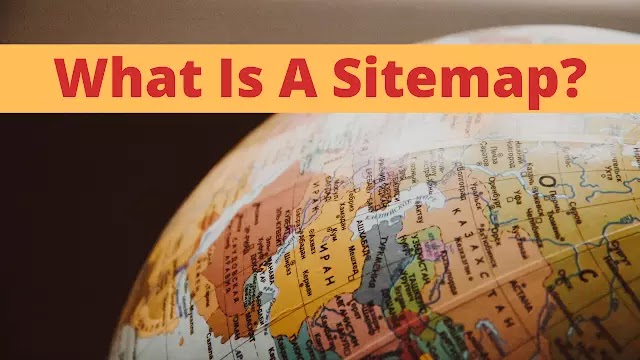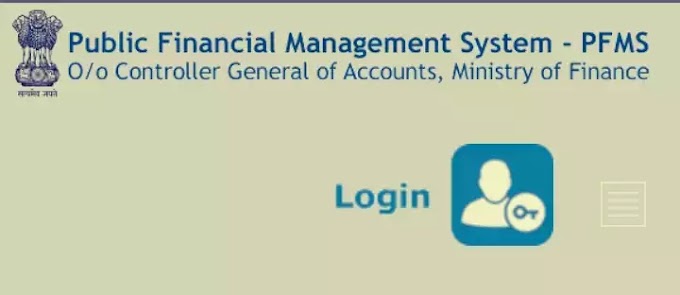For the last few days, farmers of many states are on the roads. Their concern is that the government is going to enact a new law, which will eliminate the minimum support price (MSP) of crops.
At the same time, the government says that the new laws will not affect the MSP and this system will continue as before.
In the meantime it becomes necessary to know what an MSP is and why it is needed.
What is MSP?
The government sets a minimum/lowest price for the crop of the farmer, which is known as MSP.
This is a type of guarantee from the government that in every case the farmer will get fixed prices for his crop.
If the farmer does not get MSP or more in the mandis, then the government buys his crop from farmers on MSP. Due to this, fluctuations in the prices of crops in the market do not affect the farmers.
How did MSP get started?
In the early decades after independence, farmers were very worried about the fact that if a bumper production of a crop was produced, they could not get good prices for it.
In this way the cost of the farmers could not be removed, due to which they started the movement.
After this, on August 1, 1964, with Lal Bahadur Shastri as Prime Minister, a committee was formed under the leadership of LK Jha, whose job was to fix the prices of grains.
MSP was fixed for wheat for the first time in 1966-67.
The MSP for wheat was announced for the first time in 1966-67 after the recommendations of the committee came into force.
Every year since then, the government declares MSP of crops before sowing. After fixing the MSP, the government purchases grain through local government agencies and stores it with the Food Corporation of India (FCI) and Nafed.
Then it is from these stores that food grains are delivered to the poor through the Public Distribution System (PDS).
Currently MSP is given on more than 20 crops
Initially the MSP was fixed for wheat only. This led the farmers to grow only wheat crops, leaving the remaining crops, which reduced the production of grains.
Then the government started giving MSP on paddy, oilseeds and pulses crops.
Presently MSP is given on more than 20 crops including paddy, wheat, maize, oats, barley, millet, gram, arhar, moong, urad, lentil, mustard, soybean, rosewood, sunflower, sugarcane, cotton, jute.
Who decides MSP?
The Commission for Agricultural Costs and Prices is the task of fixing the MSP in the country.
This organization, which works under the Ministry of Agriculture, was initially known as Agricultural Value. Later costs were also added to it, which changed its name to the Commission for Agricultural Costs and Prices.
It determines the minimum support price for individual crops. At the same time, the responsibility of deciding the MSP of sugarcane is with the sugarcane commission.
How is MSP decided?
The MSP decision-making process is quite complex and lengthy.
For this, the Commission collects data on the cost per hectare of a particular crop in different areas, costs incurred during cultivation, storage capacity of government agencies, demand and availability of that grain in the global market.
After this, suggestions are taken from all stakeholders and experts. In the end, the Cabinet Committee on Economic Affairs takes a final decision on it.
Government procurement of all crops is not a problem!
Even though the government fixes the MSP for more than 20 crops, procurement at the government level is usually only for wheat and paddy.
In such a situation, not all farmers get the benefit of MSP. This is because the government gives wheat and paddy to the poor under the PDS system, so it needs it.
The rest of the crops are not needed on such a large scale, so they are not procured.
Conclusion :
I hope you have liked my article about what is MSP. It has always been my endeavor to provide complete information about the full detail of MSP to the readers so that they do not need to search in any other sites or internet in connection with that article, it will also save their time, and same They will also get all the information in the place, if there is any doubt in your mind about this article or you want that there should be some improvement in it, then for this, you can write low comments. If you liked this post's what is MSP or got to learn something through this post, then please do not forget to share this post on social networks such as Facebook, WhatsApp, Telegram, and Twitter, etc. This will give us information about how many people have benefited from this post and I will get inspiration.
Read More:- What is a sitemap?












0 Comments